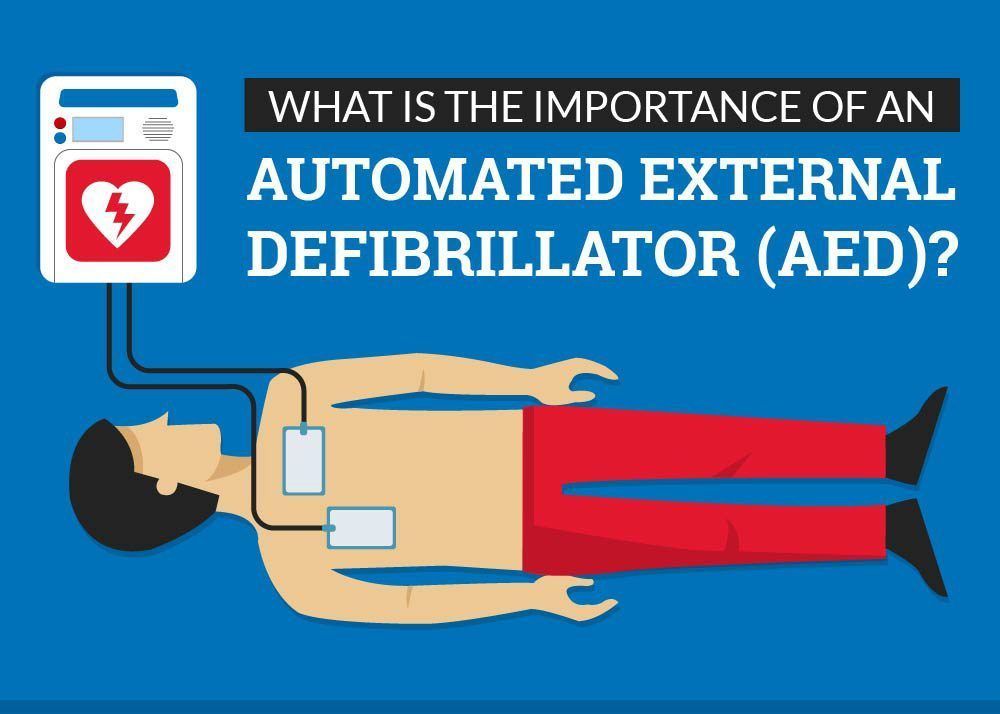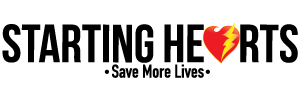
What is an Automated External Defibrillator, AED and DEFIB?
If you’re curious to know what a defibrillator and an AED is, you are not alone. AED stands for automated external defibrillator, abbreviated by AED and shorted by defibrillator or defib. Below are some helpful tips, and information that explains what a defibrillator and AED is, as well as how and when to use them. Should you find yourself in a sudden cardiac arrest situation where a defibrillator is needed, this helpful guide will help prepare you to know what to do.
What is a defibrillator?
A defibrillator is a device that sends electric pulses to the heart to restore a normal heartbeat. Defibrillators are used to prevent or correct an arrhythmia, which is an irregular heartbeat. Heart arrhythmias occur when the electrical signals that coordinate the heart's beats don't work properly. The faulty signaling causes the heart to beat too fast (tachycardia), too slow (bradycardia) or irregularly and can be life-threatening. If someone’s heart were to suddenly stop, a defibrillator can help the heart beat again.
What is an AED and how does it work?
An AED is short for an automated external defibrillator. An AED is used to help anyone experiencing sudden cardiac arrest. It’s an easy-to-use, medical device that can analyze the heart’s rhythm, and if necessary, correct it with an electrical pulse or as we say, defibrillation. This helps the heart re-establish an effective cardiac rhythm.
Here’s a step-by-step guide, per the American Red Cross guidelines, on how an AED works, and how to use the most common ones available.
Check the scene and ensure that the person needs help. Call 911 or ask a bystander to do so.
Once the AED is available, turn it on and follow the voice prompts.
Remove clothing that covers the chest, if necessary, wipe the chest dry.
Place one pad on the upper right side of the chest.
Place the other pad on the lower left side of the chest, just a few inches below the armpit.
If pads touch, place one pad in the middle of the chest, and the other pad in the back, between the shoulder blades.
Plug the pad connector cable into the AED, if necessary.
Prepare to let the AED analyze the heart’s rhythm.
Make sure no one is touching the person.
Say, “CLEAR!” in a loud, yet commanding voice.
Push the “shock” button to deliver shock if the AED determines one is needed.
After the AED delivers the shock, or if no shock is advised, immediately start CPR, beginning with compressions.
Continue CPR until EMS arrives and takes over
Who needs an AED?
AEDs can save the life of someone having a cardiac arrest, which is when the heart unexpectedly stops beating. AEDs can be used for adults, including children as young as one year old. Some AED devices have pads just for children. An AED can increase someone’s chances of survival by up to 70%.
How do I know if an AED is needed?
Here’s some warning signs that an AED may be needed:
If you see a person suddenly faint or find them unconscious.
Confirm that the person cannot respond.
Shout at or shake the person to make sure they are not sleeping.
Never shake an infant or young child, instead simply tap their feet.
Check to see if the person is breathing and has a pulse.
If this person does not have a pulse and is not breathing prepare to use the AED as soon as possible.
Where can I even find an AED?
You can often find AEDs in places where large numbers of people can get together, such as malls, gyms, golf courses, businesses, airports, sports avenues, churches. You may also purchase an AED for your home, where more than 70% of cardiac arrests occur. Contact Starting Hearts for more information or to buy your own home defibrillator.
Works Cited:
American Red Cross Training Services. (n.d.). AED Steps | Steps to Use an AED. Red Cross. Retrieved April 6, 2022, from https://www.redcross.org/take-a-class/aed/using-an-aed/aed-steps
Defibrillators - St John Ambulance Australia (VIC) INC - Saving Lives Through First Aid. (n.d.). St John Ambulance Victoria. Retrieved April 6, 2022, from https://www.stjohnvic.com.au/products/defibrillators-aed/
Defibrillators - What are Defibrillators? | NHLBI, NIH. (n.d.). National Heart, Lung, and Blood Institute. Retrieved April 6, 2022, from https://www.nhlbi.nih.gov/health/defibrillators
